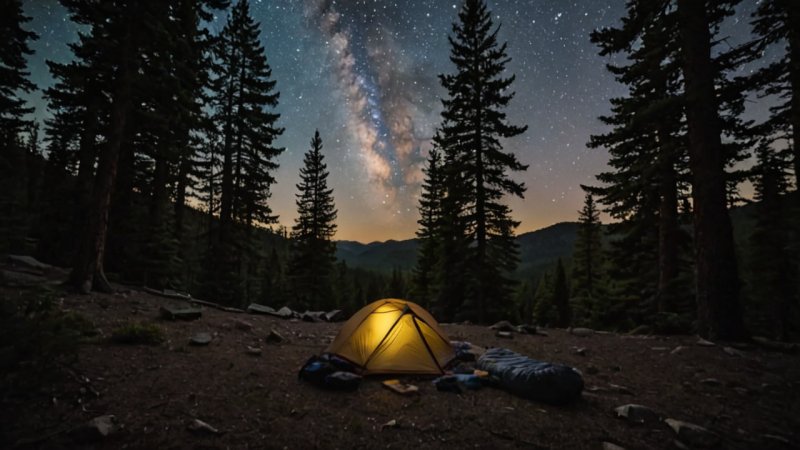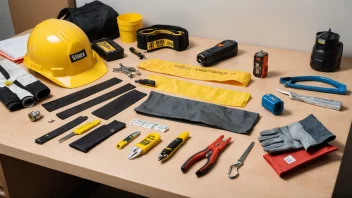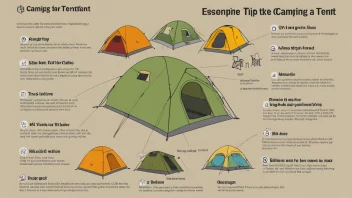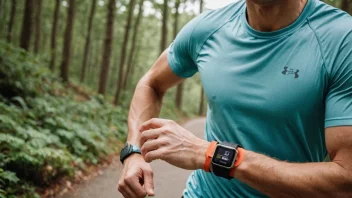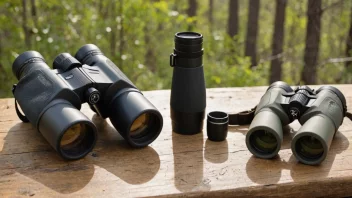What should I consider when choosing a sleeping bag?
When selecting a sleeping bag, consider factors such as temperature rating, insulation type (down vs. synthetic), shape (rectangular vs. mummy), weight, and packability. Think about the climate you’ll be camping in and whether you need extra features like a hood or draft collar.
What is the ideal temperature rating for a sleeping bag?
The ideal temperature rating depends on the season and location of your camping trip. For summer camping, a bag rated for 30-50°F is often sufficient. For spring and fall, aim for 20-30°F. In winter, look for bags rated below 20°F. Always choose a bag that can handle the coldest temperature you expect.
What’s the difference between down and synthetic insulation?
Down insulation is made from goose or duck feathers and is known for its excellent warmth-to-weight ratio. It's compressible and lightweight, making it great for backpacking. However, it loses insulation properties when wet. Synthetic insulation, on the other hand, retains warmth even when damp, making it ideal for humid or wet conditions, though it tends to be bulkier.
Should I choose a rectangular or mummy-shaped sleeping bag?
Mummy-shaped sleeping bags are more thermally efficient as they hug the body and minimize heat loss. They are ideal for colder weather and backpacking due to their lightweight design. Rectangular bags offer more room to move and are often more comfortable for casual camping, making them suitable for family trips.
How much should I expect to spend on a sleeping bag?
Sleeping bags can range from $30 to $500 or more, depending on the brand, insulation type, and features. For casual camping, a good-quality sleeping bag can be found in the $100-$200 range. If you’re an avid camper or backpacker, investing in a higher-end bag may be worthwhile for better performance and durability.
Can I wash my sleeping bag?
Yes, but it is crucial to follow the manufacturer's care instructions. Most sleeping bags can be machine washed on a gentle cycle with a mild detergent. It’s best to use a front-loading washer to avoid damaging the bag. After washing, air-dry or tumble dry on low with a few clean tennis balls to help restore loft.
What features should I look for in a sleeping bag?
Look for features that enhance your comfort and convenience, such as:
- Draft collars and hoods for added warmth
- Built-in pockets for storing small items
- Two-way zippers for ventilation
- Water-resistant materials for wet conditions
- Compression sacks for easy packing
How do I care for my sleeping bag?
To extend the life of your sleeping bag, store it uncompressed in a cool, dry place. Avoid storing it in a stuff sack for long periods as this can damage the insulation. Regularly inspect for dirt or damage and clean it as needed.
Is it necessary to use a sleeping pad with my sleeping bag?
While not strictly necessary, using a sleeping pad is highly recommended. A sleeping pad provides insulation from the cold ground, adds cushioning for comfort, and can significantly improve your overall sleeping experience while camping.
What size sleeping bag do I need?
Sleeping bags come in various sizes, so choose one that fits your height and allows for some extra room. Most bags are rated for specific heights, so check the manufacturer's guidelines to ensure a good fit.
Are there sleeping bags specifically designed for children?
Yes, there are sleeping bags designed for children that feature fun designs, smaller sizes, and added safety features to keep them comfortable while camping. These bags often come with a wider opening and extra padding for warmth.
Can I use a sleeping bag for activities other than camping?
Absolutely! Sleeping bags are versatile and can be used for a variety of activities, such as sleepovers, festivals, or as extra bedding at home. They can also be handy in emergency situations, providing warmth and comfort when needed.
